Diving
With new dive sites constantly being discovered and warmer water temperatures, Oman is an ideal destination for diving and snorkeling. With the exception of the monsoon season in the south, you can dive in Oman all year round and enjoy varying visibilities but an abundance of marine life to discover.
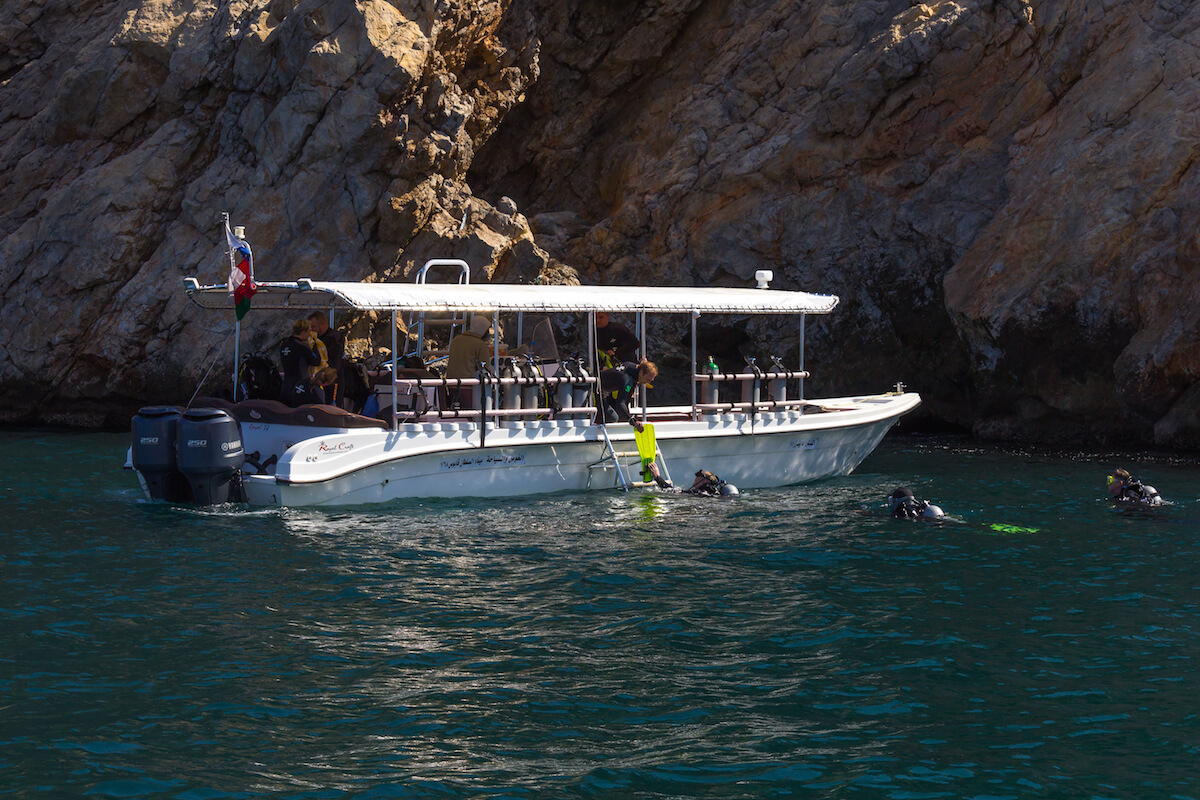
Experience levels
Required diving skills are entry level and up. Drift Diver, Wreck Diver and Cavern Diver specialty course certifications may be useful and can be taken here. 3 mm suits are adequate during the warmer months and 5 mm preferable during the cooler season. While equipment is available for hire, it is advisable to bring as much personal gear as possible.
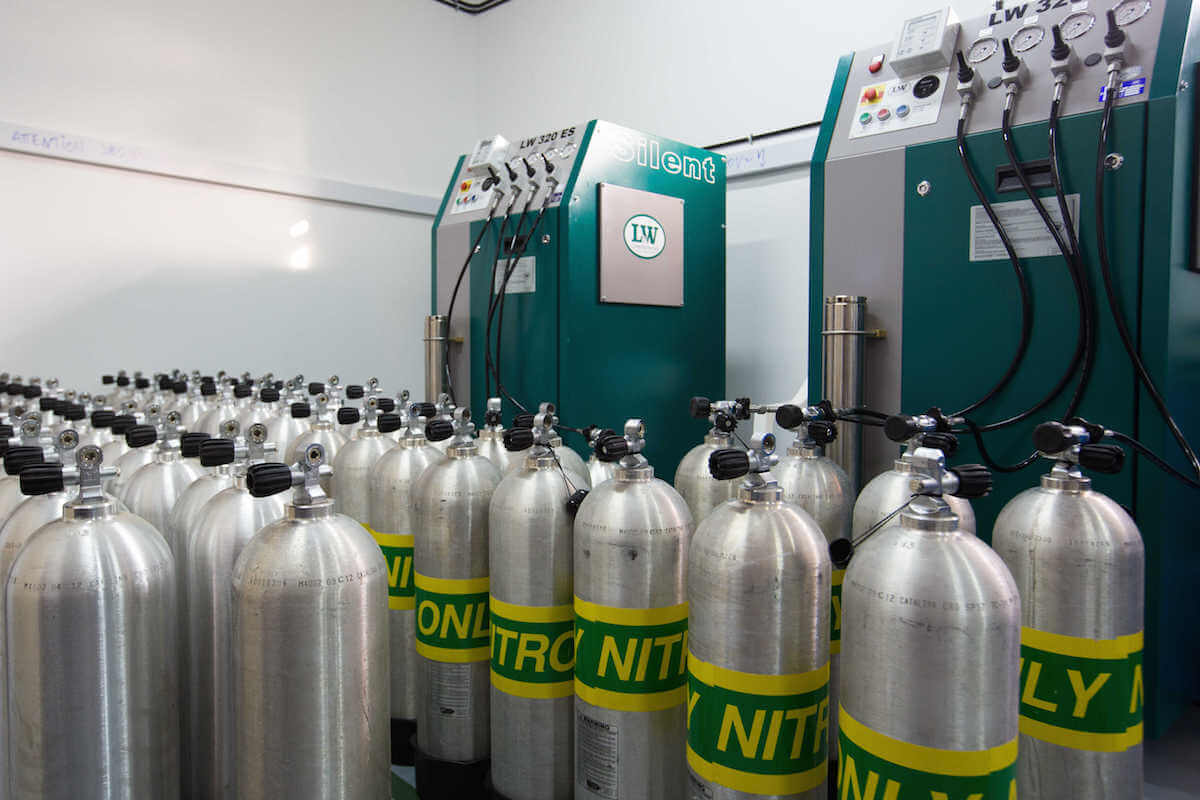
The Enviroment
Most Omani islands are fossil limestone formations, consisting of around 35 to 55 million year old Eocene limestone and marl. These stones were originally part of the sea floor but are now exposed on the surface due to uplift and change in sea levels. They are composed of the shells of marine organisms such as bivalve shellfish, coral and algae, deposited in a shallow marine environment.
Dive Sites
Muscat
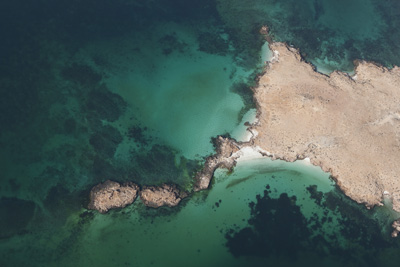 | 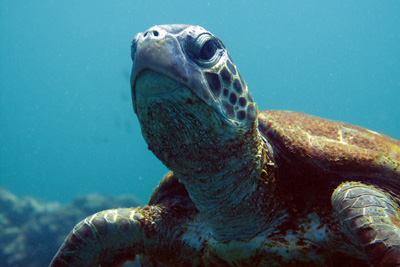 | 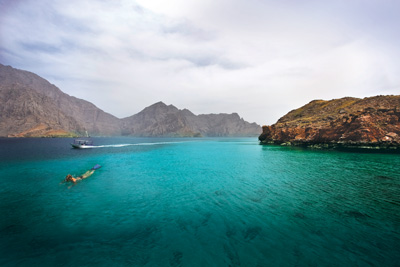 |
Daymaniyat Islands
Nature Reserve since 1996. The islands consist of nine rocky outcrops in three groups that stretch over 11 nautical miles and are connected by incredible coral gardens. Visitors find bird colonies that have made the islands home, as well as sea turtles that come back year after year to nest. Access to the area is restricted, and you’re not allowed to land on the islands from the beginning of May until the end of October. At times, the plankton can be quite heavy, but on the upside, this is when you have the opportunity to see whale sharks. The reefs themselves are in excellent condition with more than 100 species of hard and soft corals and around 70% coral cover on many of the dive sites. Fish life is abundant, often more than many Red Sea locations, with colorful reef fish, stingrays, leopard sharks and sea turtles among the marine life. The dive site is suitable for fairly easy diving, with usually little current and depths rarely exceed 25 meters. Diving is possible all year around.
This email address is being protected from spambots. You need JavaScript enabled to view it.
Bander Khayran
The dive sites of Bander Khayran are located within a series of coves and bays about 20 min southeast of Muscat. The diving is predominantly on relatively shallow coral reefs but the area also features drop-offs to 30 m and one of the best wreck dives in Oman: the Al Munnassir. The government sunk this 84 m long vessel as an artificial reef and she now lies upright at the bottom of the sea at about 30 m. Big morays, large schools of snapper and goatfish as well as turtles and giant rays all now call the vessel home.
This email address is being protected from spambots. You need JavaScript enabled to view it.
Al Fahal Island
The island, also known as Shark Island, is located around 4 km off the mainland. It is a protected nature reserve requiring permits for access or scuba diving. It rises as a large pinnacle from the Gulf of Oman and offers a steep drop offs, caves and remarkable underwater topography. This is a good place to meet sharks, turtles, barracuda, eagle rays and dolphins. Occasional orcas have also been seen passing through this area.
This email address is being protected from spambots. You need JavaScript enabled to view it.
Musandam
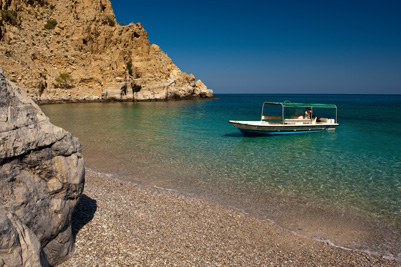 | 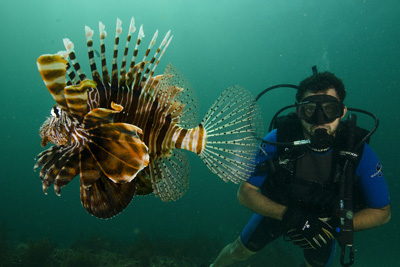 | 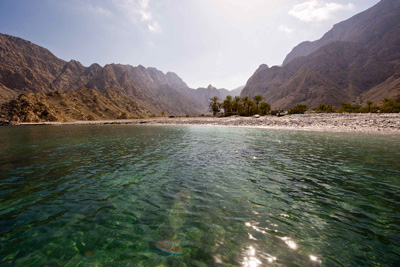 |
The Caves
Here, the ocean has eroded a series of chambers and tunnels into the surrounding limestone rock, which provide hiding spots for spiny lobster, cleaner shrimp and other creatures protecting themselves from predators. Depths are quite shallow and it is a popular second dive. With a torch you dive within your limits of training and experience.
This email address is being protected from spambots. You need JavaScript enabled to view it.
Lima Rock
At Lima Rock's two dive sites you find coral encrusted walls up to 20 m deep, along with caves and crevices created by erosion of the limestone substrate that extend to well beyond 40 m. Schools of jack and tuna prowl the open waters adjacent to the rock and divers will have the chance to spot whale sharks in the cooler months. Currents can affect dive site choice therefore rely on local guides. Between dives watch the ospreys and sooty falcons that nest in the cliffs.
This email address is being protected from spambots. You need JavaScript enabled to view it.
Ras Lima
This wall dive drops to the bottom at 15 m, where divers are rewarded with a field of boulders overgrown by coral. Regular currents make drift diving popular here.
This email address is being protected from spambots. You need JavaScript enabled to view it.
Salalah
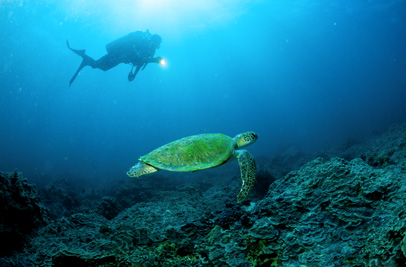 | 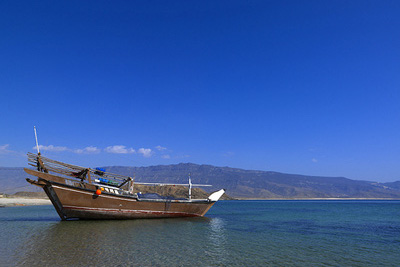 | 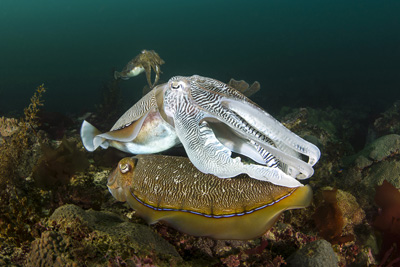 |
Mirbat
Many of this region's dive sites are reached safari-style by 4x4 jeeps or boat. The coastline features a series of small bays and beaches offering access to coral covered rock outcrops populated with morays, reef sharks, octopus, snapper, turtles, dolphins and the occasional whale. One big draw to this area are the small kelp forests particularly after the summer monsoon. Growing up to 10 m tall, kelp thrives in the cool upwelling where water temperature can drop to 13 centigrades. The kelp dies down in late October.
This email address is being protected from spambots. You need JavaScript enabled to view it.
Hallaniyat Islands
Dive sites at the Hallaniyat Islands are relatively untouched. A fantastic variety of rays, moray eels and nudibranch mollusks along with large grouper, turtles and dozens of fish schools can be seen. Diving here is seasonal from October to May. Experience pristine corals, humpback and sperm whales and the City of Winchester, a Portuguese wreck. The diving area is untouched and undiscovered. It is an adventure for more experienced divers, as the waters are unknown and tourism undeveloped in this area.
This email address is being protected from spambots. You need JavaScript enabled to view it.

